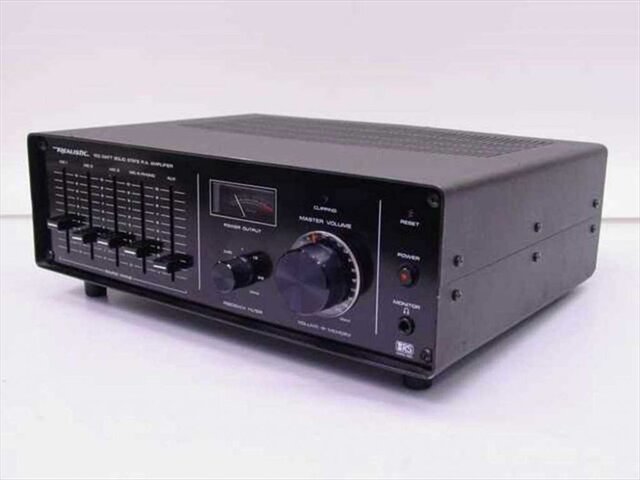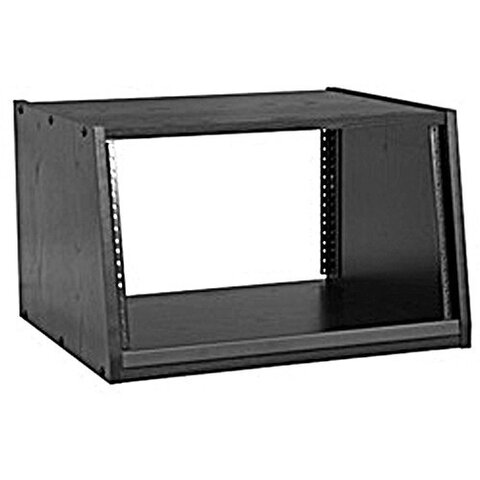Les
Well-Known Member
Does anyone have any advice on purchasing an impedance matching speaker selector? It would need to be 4 or 6 zones, with volume control for each zone.
Zone 1: Two 8 ohm speakers; possible wired parallel (4 ohm load)
Zone 2: Two 8 ohm speakers; possible wired parallel (4 ohm load)
Zone 3: Two 8 ohm speakers; possible wired parallel (4 ohm load)
Zone 4: One 4 ohm paging horn (Can substitute 8 ohm if needed)
Zone 5: Empty
Zone 6: Empty
The zones would all be used at once, and total impedance should not drop below 4 ohms. I bought and received this unit, but looking at the impedance chart leaves me to believe that it will not drive the amp at a safe level with all zones selected.


Zone 1: Two 8 ohm speakers; possible wired parallel (4 ohm load)
Zone 2: Two 8 ohm speakers; possible wired parallel (4 ohm load)
Zone 3: Two 8 ohm speakers; possible wired parallel (4 ohm load)
Zone 4: One 4 ohm paging horn (Can substitute 8 ohm if needed)
Zone 5: Empty
Zone 6: Empty
The zones would all be used at once, and total impedance should not drop below 4 ohms. I bought and received this unit, but looking at the impedance chart leaves me to believe that it will not drive the amp at a safe level with all zones selected.





